The word “dust bowl” conjures images of cracked earth, swirling clouds of dry soil, and a haunting silence where life once thrived. Yet, in a remarkable twist of fate, some of the world’s most depleted landscapes are now being revived into vibrant ecosystems teeming with life, thanks to an agricultural revolution that’s as hopeful as it is urgently needed. Regenerative agriculture, once an obscure concept, is now captivating farmers, scientists, and nature lovers with its promise: restore the land, and life will follow. Imagine vast fields once stripped bare now humming with insects, carpeted with wildflowers, and echoing with birdsong. This is not science fiction—it’s happening right now, and it’s nothing short of inspiring.
The Devastation of Dust Bowls: A Cautionary Tale
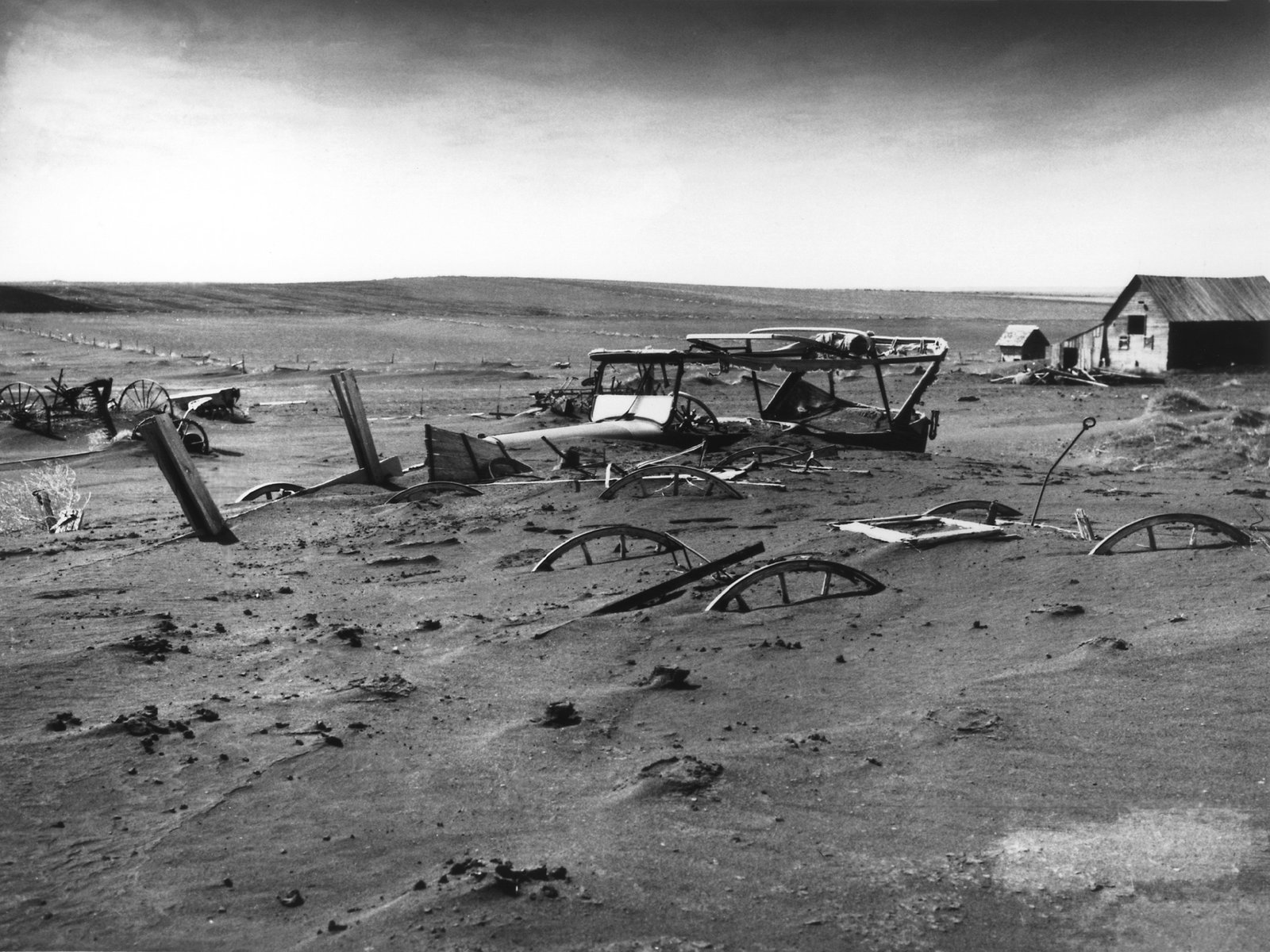
The story of the dust bowl is one of both warning and awakening. In the 1930s, vast stretches of the American Midwest were reduced to barren wastelands by relentless plowing, monoculture farming, and drought. Crops withered, winds stripped topsoil, and families watched their livelihoods blow away. This environmental disaster showed the catastrophic consequences of ignoring nature’s balance. For decades, the scars remained, a stark reminder that our actions can destroy not just our land, but the delicate web of life it supports. Today, echoes of dust bowls appear in other parts of the world, making it clear that history could repeat itself if we remain complacent.
What Is Regenerative Agriculture?
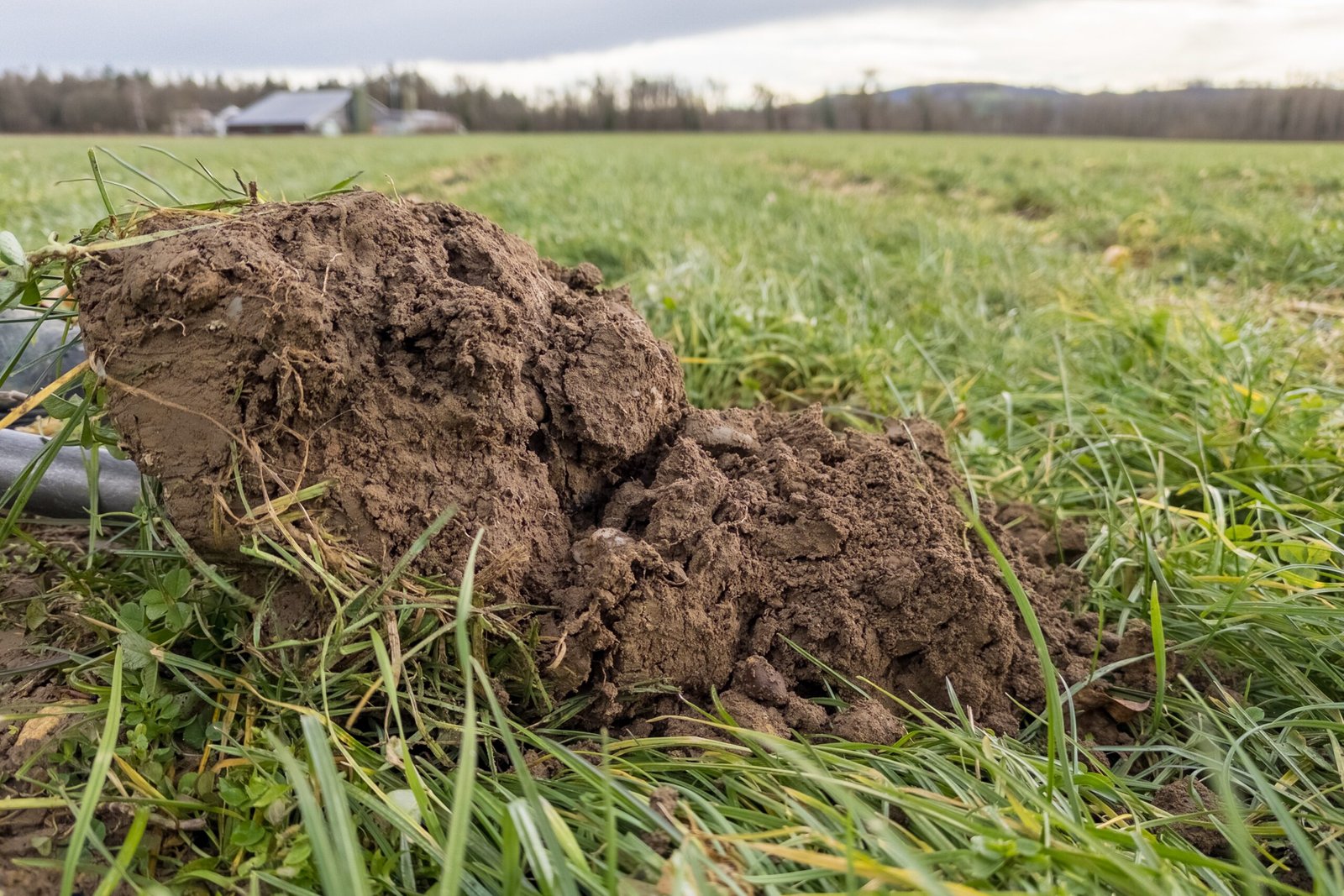
Regenerative agriculture is more than a buzzword—it’s a philosophy and set of farming practices aimed at healing the earth. Instead of simply sustaining the status quo, it seeks to restore soil health, increase biodiversity, and lock away carbon from the atmosphere. Techniques like cover cropping, no-till farming, and holistic grazing work together to rebuild soil structure and foster diverse plant and animal communities. By mimicking natural processes, regenerative farming transforms depleted fields into living, breathing landscapes. This approach doesn’t just feed people; it nurtures the planet, turning the old idea of agriculture as a destructive force on its head.
From Barren to Bountiful: The Science Behind Soil Revival
Healthy soil is alive—teeming with billions of bacteria, fungi, and tiny creatures that create a foundation for all terrestrial life. In dust bowl regions, decades of conventional farming wiped out these microscopic communities, leaving behind lifeless dirt. Regenerative practices bring the soil back to life. By adding organic matter, planting diverse crops, and reducing chemical inputs, farmers can spark a biological renaissance underground. Roots dig deep, earthworms aerate, and microbes process nutrients, making soils more fertile and resilient. This living soil doesn’t just grow better crops—it supports a chain reaction of recovery that extends to insects, birds, and mammals.
Biodiversity: The Beating Heart of Regeneration
Biodiversity is the secret ingredient that powers regenerative success. When fields are planted with a single crop, they become ecological deserts, vulnerable to pests and disease. But when farmers introduce a variety of plants, trees, and grazing animals, life flourishes. Pollinators such as bees and butterflies return, birds find nesting sites, and predatory insects keep pests in check. This natural balance reduces the need for pesticides and fosters a self-sustaining ecosystem. Some farms that embraced regeneration have reported the return of rare species not seen for generations—a powerful sign that nature is eager to heal, given the chance.
Cover Crops: Nature’s Living Blanket
Cover crops, like clover, vetch, or rye, are unsung heroes in the regenerative toolkit. Rather than leaving fields bare between harvests, farmers plant these hardy species to protect the soil from erosion and harsh weather. Their roots hold the earth in place, preventing the kind of windblown devastation seen in dust bowls. But cover crops do more than shield the land; they also fix nitrogen, add organic matter, and provide habitat for beneficial insects. Fields covered in green, even in winter, signal a commitment to soil health and a vibrant, living landscape.
No-Till Farming: Gentle Hands for the Earth
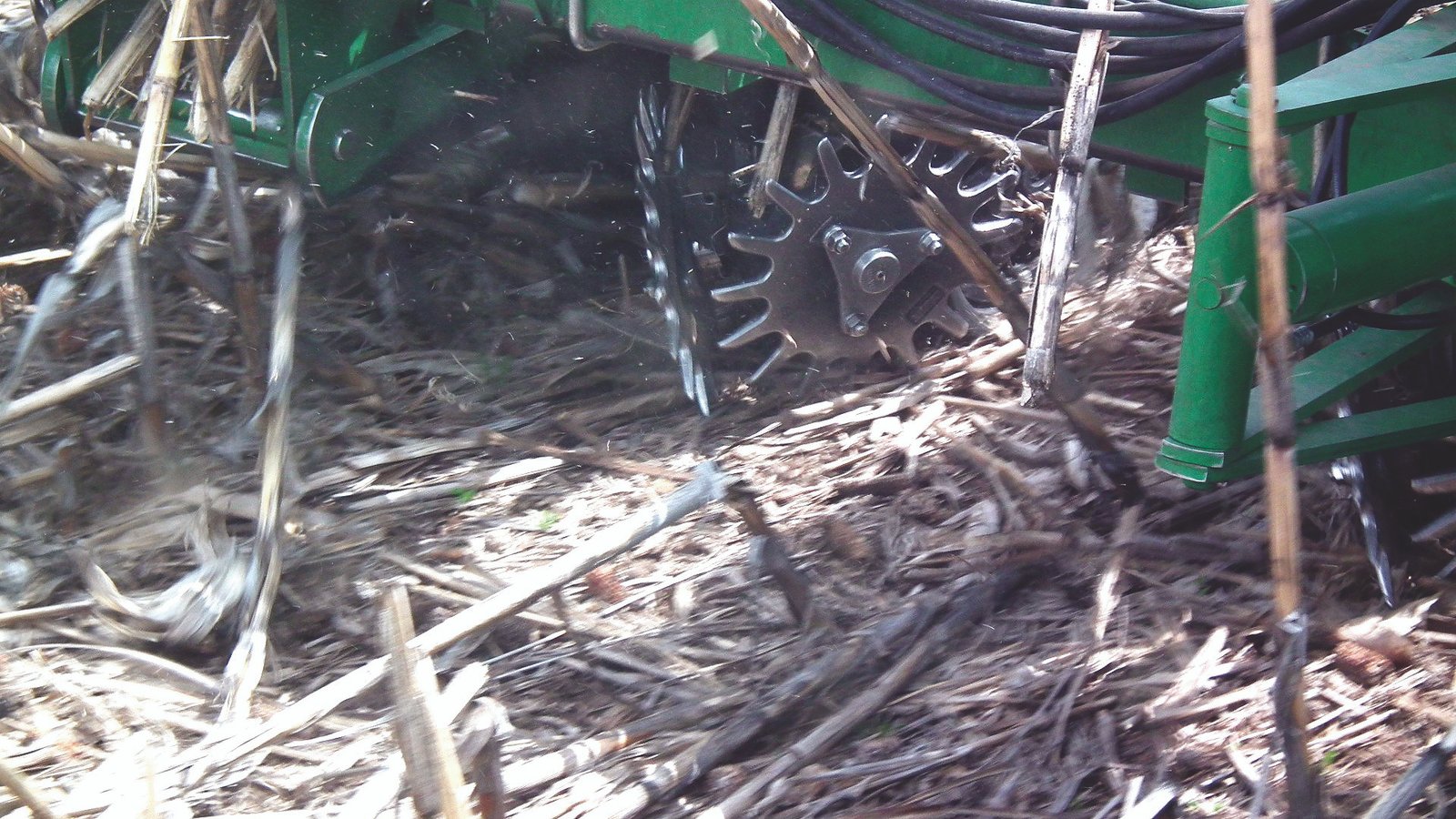
Traditional plowing may seem harmless, but it disrupts soil structure and exposes it to erosion. No-till farming flips this idea on its head by avoiding disturbance as much as possible. Special equipment places seeds directly into unturned soil, preserving the intricate networks of fungi and roots that keep soil stable. This gentle approach helps retain moisture, prevent runoff, and nurture earthworms and microbes. Over time, no-till fields become softer, richer, and more resilient. The result is a landscape that can weather droughts and storms—a far cry from the fragile dust bowls of the past.
Holistic Grazing: Livestock as Land Healers

Cows, sheep, and goats often get blamed for overgrazing and land degradation, but regenerative farmers are rewriting this narrative. Holistic grazing carefully manages the movement of livestock to mimic the patterns of wild herds. Animals graze intensively for short periods, then move on, allowing plants to recover and regrow. Their manure fertilizes the soil, and their trampling helps seeds take root. This dynamic interaction creates patches of tall grass, wildflowers, and open soil, supporting a mosaic of habitats. Far from destroying the land, livestock become partners in its recovery, breathing new life into forgotten fields.
Carbon Capture: Farming as Climate Solution
Regenerative agriculture doesn’t just restore land—it also fights climate change. By building healthy soil rich in organic matter, these practices pull carbon dioxide out of the air and lock it underground. This natural carbon capture is a powerful tool against global warming, turning farms into unexpected allies in the battle for a stable climate. Some experts believe that widespread adoption of regenerative methods could absorb billions of tons of carbon each year. As the world searches for climate solutions, the idea of farms as “carbon sinks” offers a rare blend of hope and practicality.
Real-World Success Stories: Where Dust Bowls Bloom Again
All around the globe, pioneering farmers are proving that regeneration works. On the Great Plains, lands once stripped by the dust bowl now host thriving prairies, home to wildflowers and grassland birds. In Australia, ranchers have restored native grasses and wetlands by changing grazing patterns. Even in Africa’s Sahel region, villages are bringing back forests and wildlife by planting trees and diversifying crops. These stories are united by a common thread: a willingness to listen to the land and work with nature, not against it. The evidence is now visible, inspiring others to join the movement.
The Economic Upside: Prosperity Through Regeneration
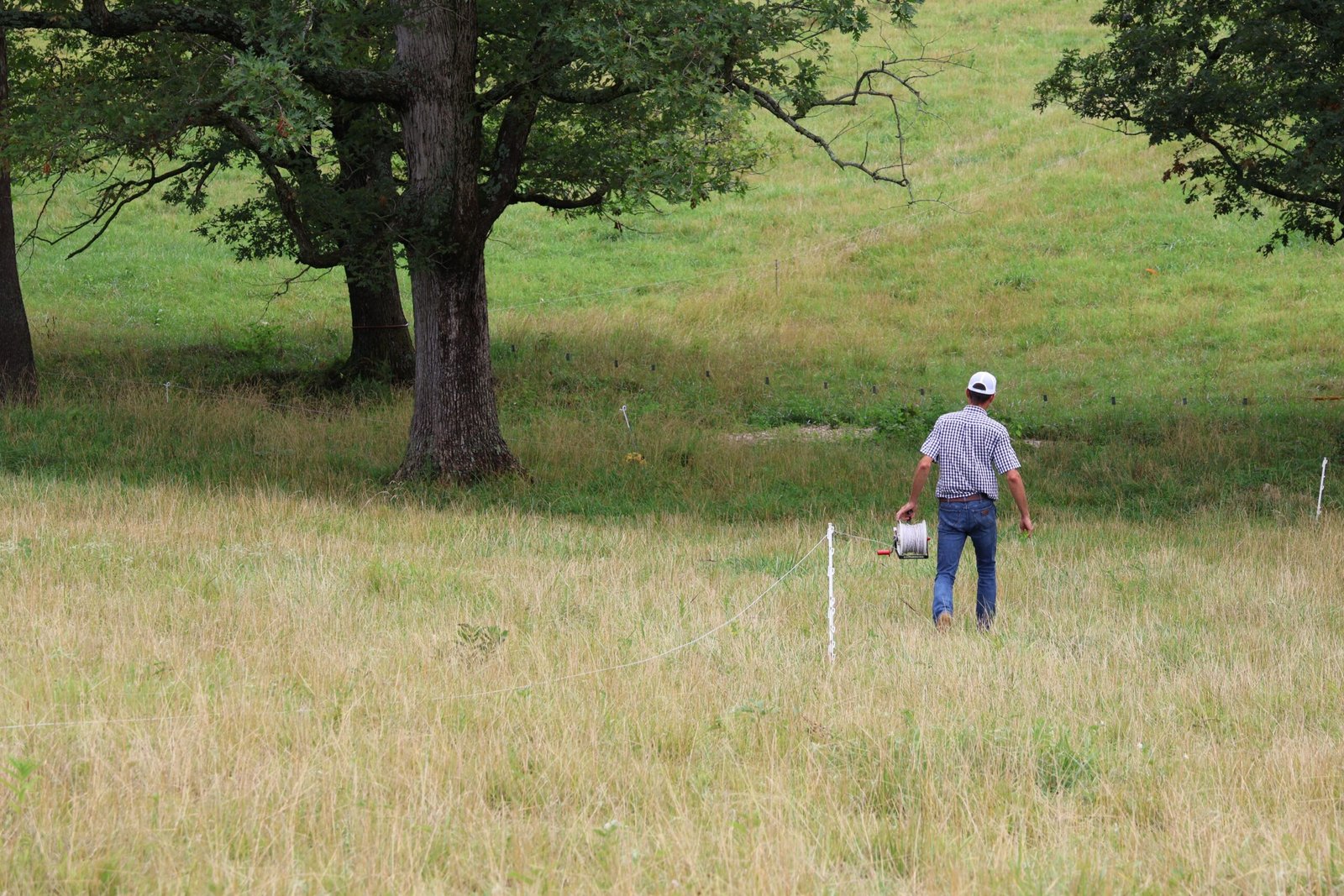
Regenerative agriculture isn’t just good for nature—it’s good for farmers’ bottom lines. Healthier soils mean better yields, less need for expensive fertilizers and pesticides, and greater resilience to drought and storms. Farms that build biodiversity also attract pollinators, which boost crop production. In some cases, regenerative farms have seen profits rise while input costs fall. Local communities benefit, too, as cleaner water, richer soils, and more wildlife create new opportunities for eco-tourism and education. The old belief that conservation and profit can’t coexist is being challenged by this new wave of regenerative pioneers.
Challenges and Roadblocks on the Regenerative Journey
Transitioning to regenerative agriculture isn’t always easy. Farmers face skepticism, lack of support, and the risk of lower yields during the early years of change. Markets may not reward regenerative practices, and access to knowledge or equipment can be limited. Yet, those who persist often find the rewards far outweigh the hardships. Networks of regenerative farmers are growing, sharing advice and encouragement. As awareness spreads, more policymakers and businesses are backing regeneration with funding and incentives. Overcoming these hurdles is essential—not just for individual farms, but for the health of our planet.
Seeds of Hope: A Future Rooted in Regeneration
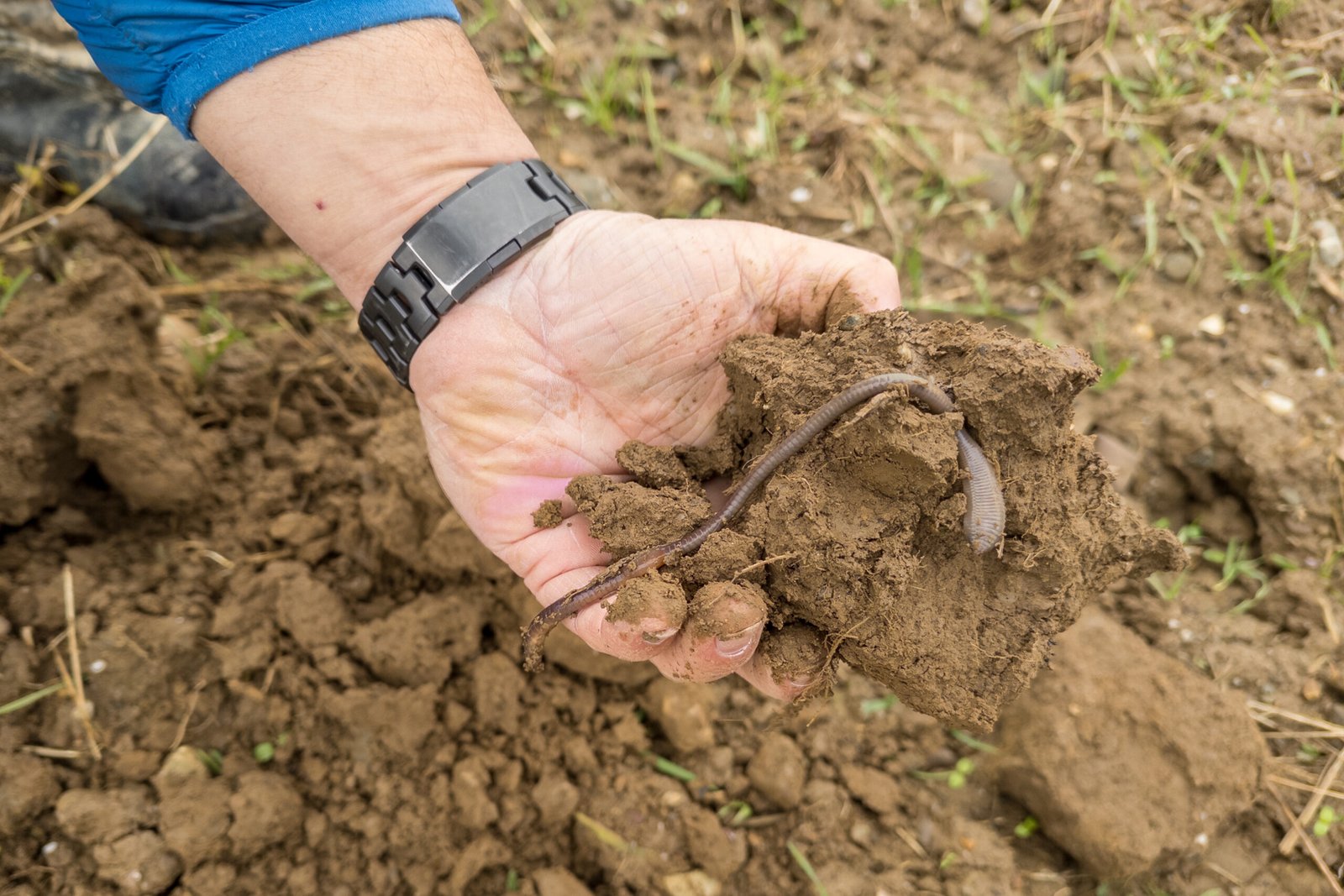
The transformation from dust bowl to biodiversity hub is a living testament to the power of renewal. Regenerative agriculture offers a path forward that heals wounds both seen and unseen, weaving together the needs of people, wildlife, and the climate. As more farmers adopt these practices, landscapes once defined by loss are becoming symbols of hope and abundance. The question now is whether we have the vision and determination to embrace this change on a global scale. Could the world’s dustiest places become its greenest sanctuaries?



